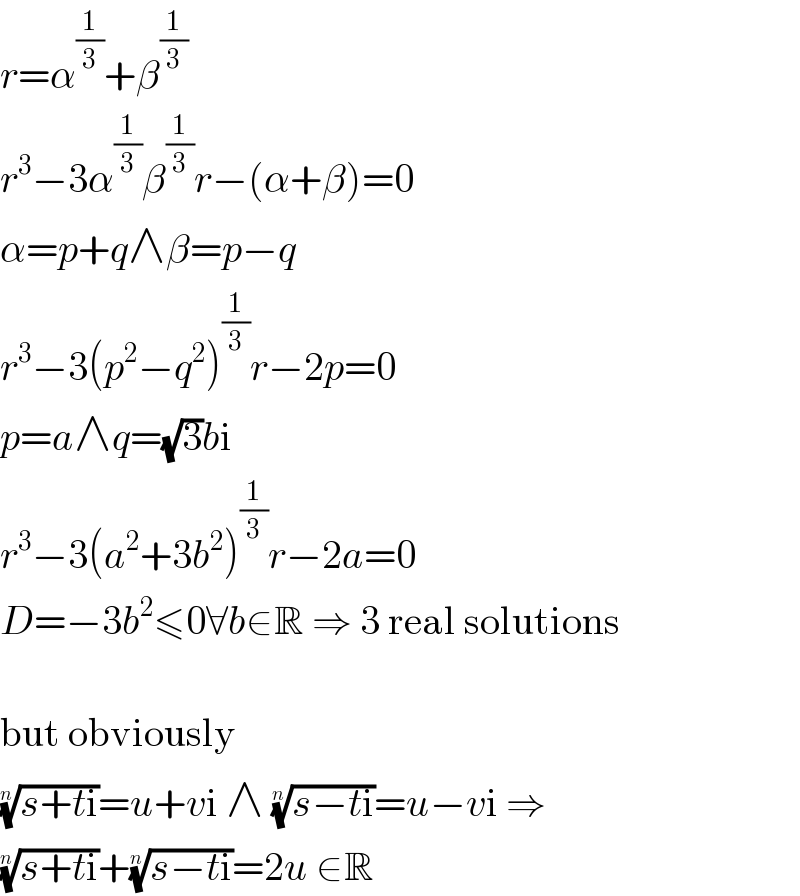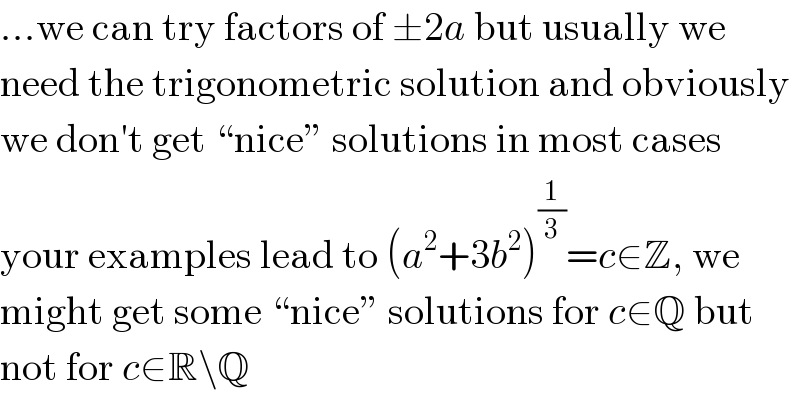Question Number 78857 by mr W last updated on 21/Jan/20

Commented by mr W last updated on 21/Jan/20

Commented by john santu last updated on 22/Jan/20

Commented by john santu last updated on 21/Jan/20

Commented by mr W last updated on 21/Jan/20

Commented by john santu last updated on 21/Jan/20

Answered by MJS last updated on 21/Jan/20

Commented by MJS last updated on 21/Jan/20

Commented by mr W last updated on 21/Jan/20

